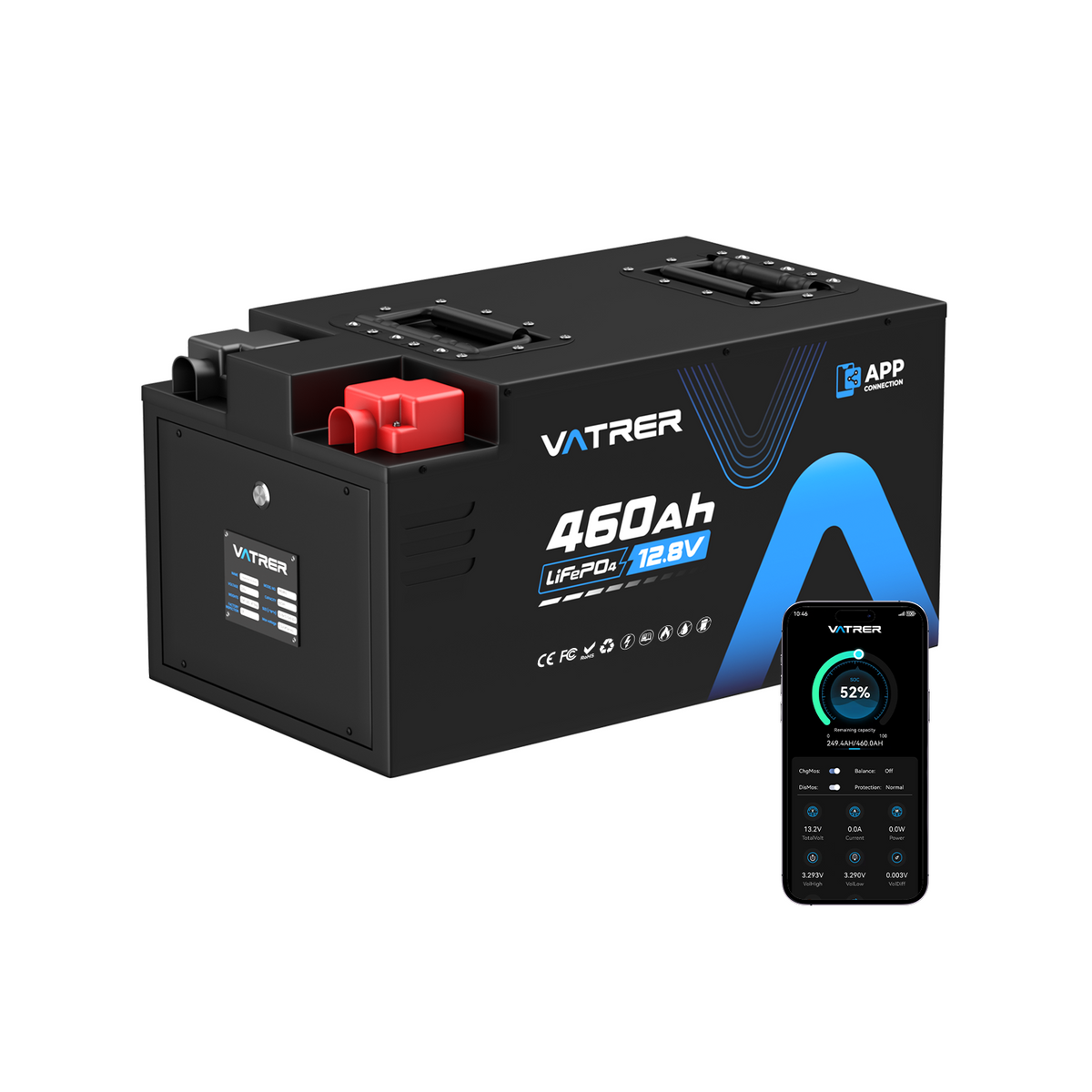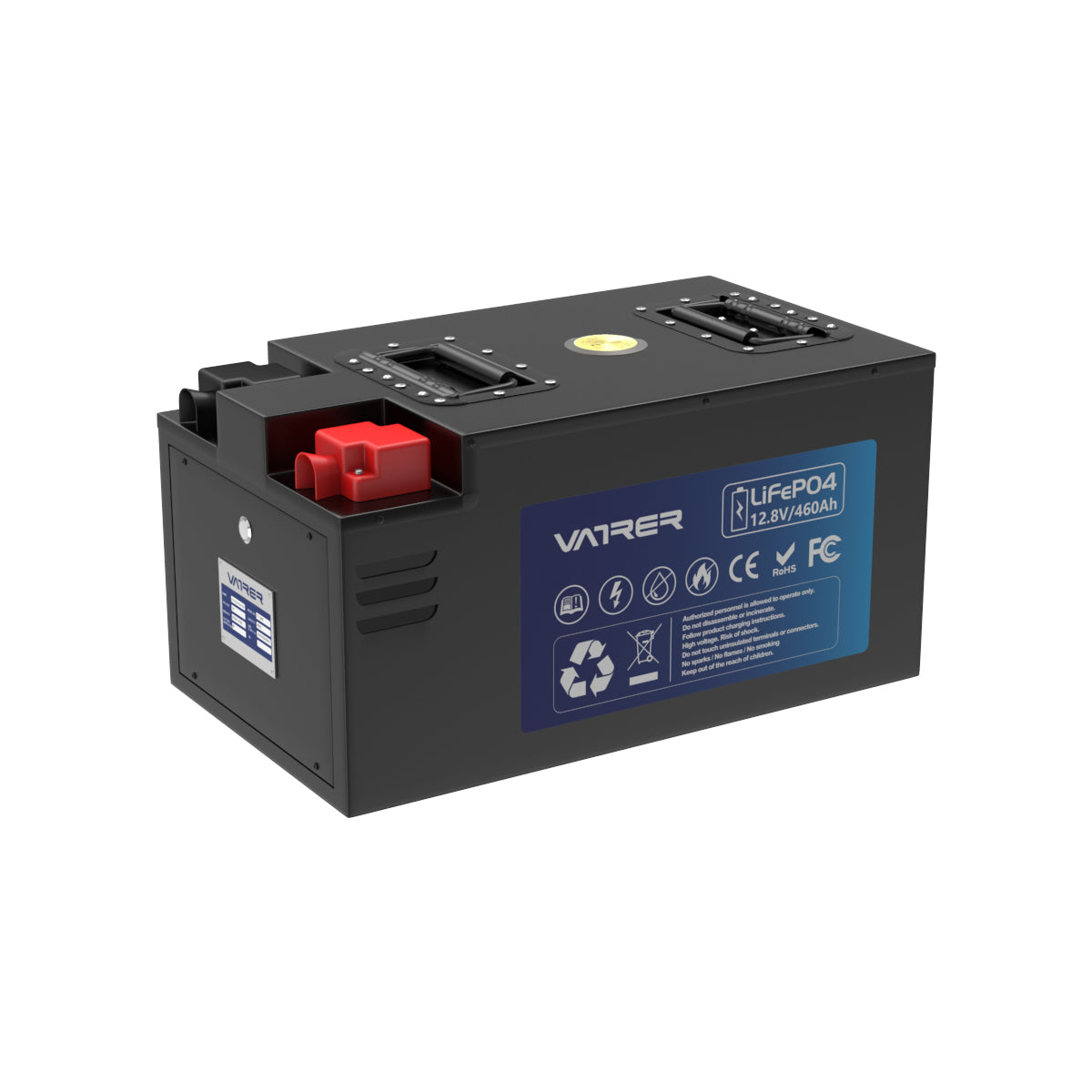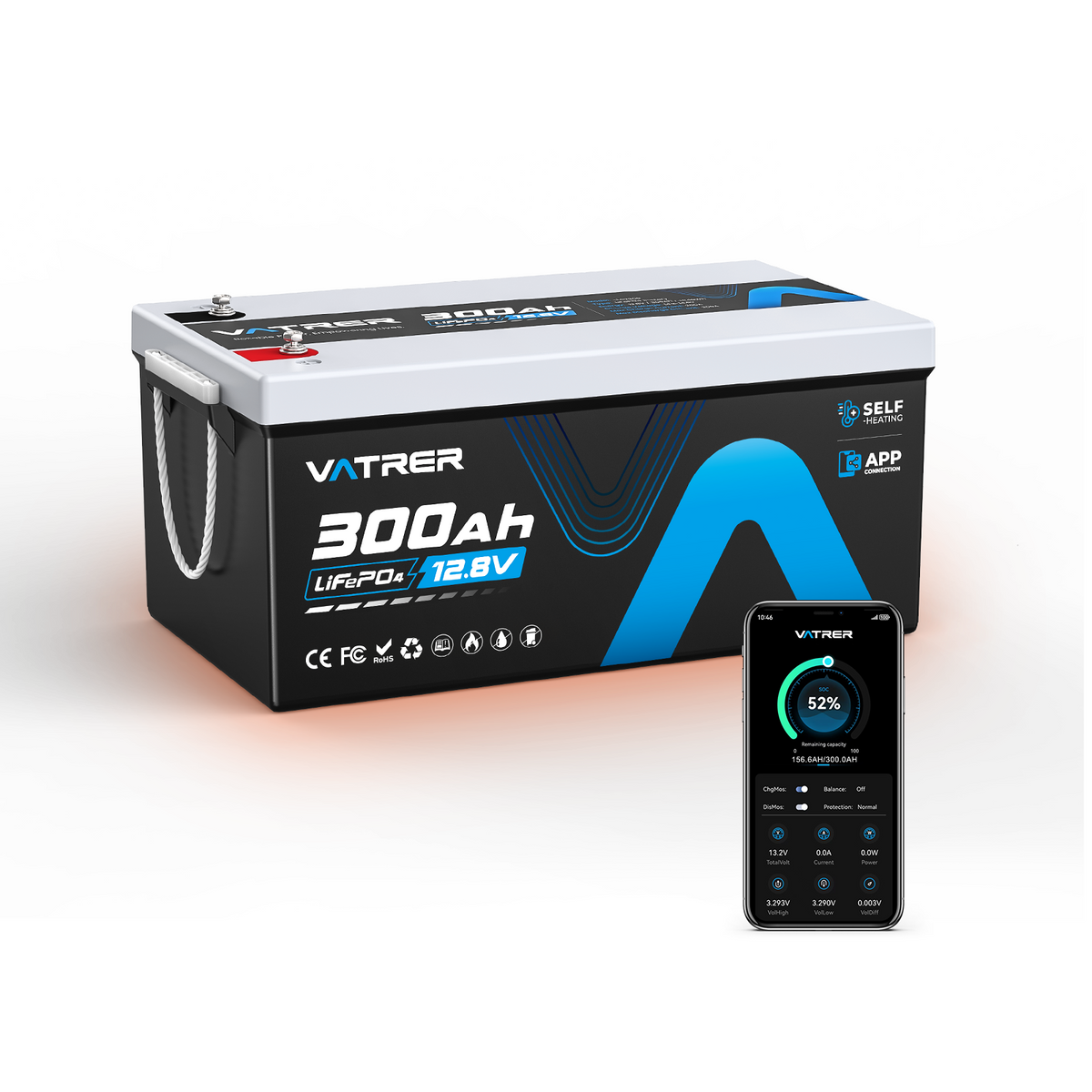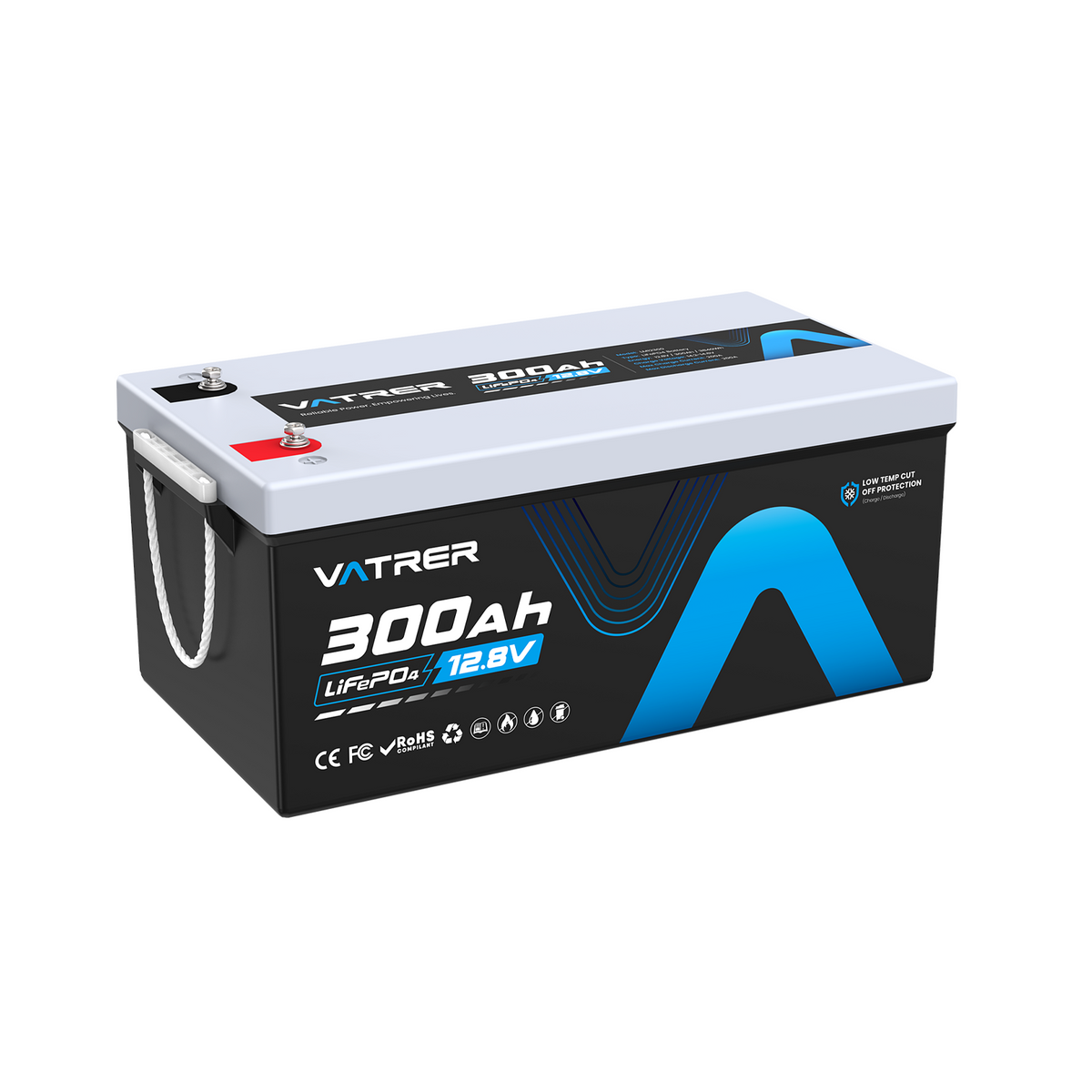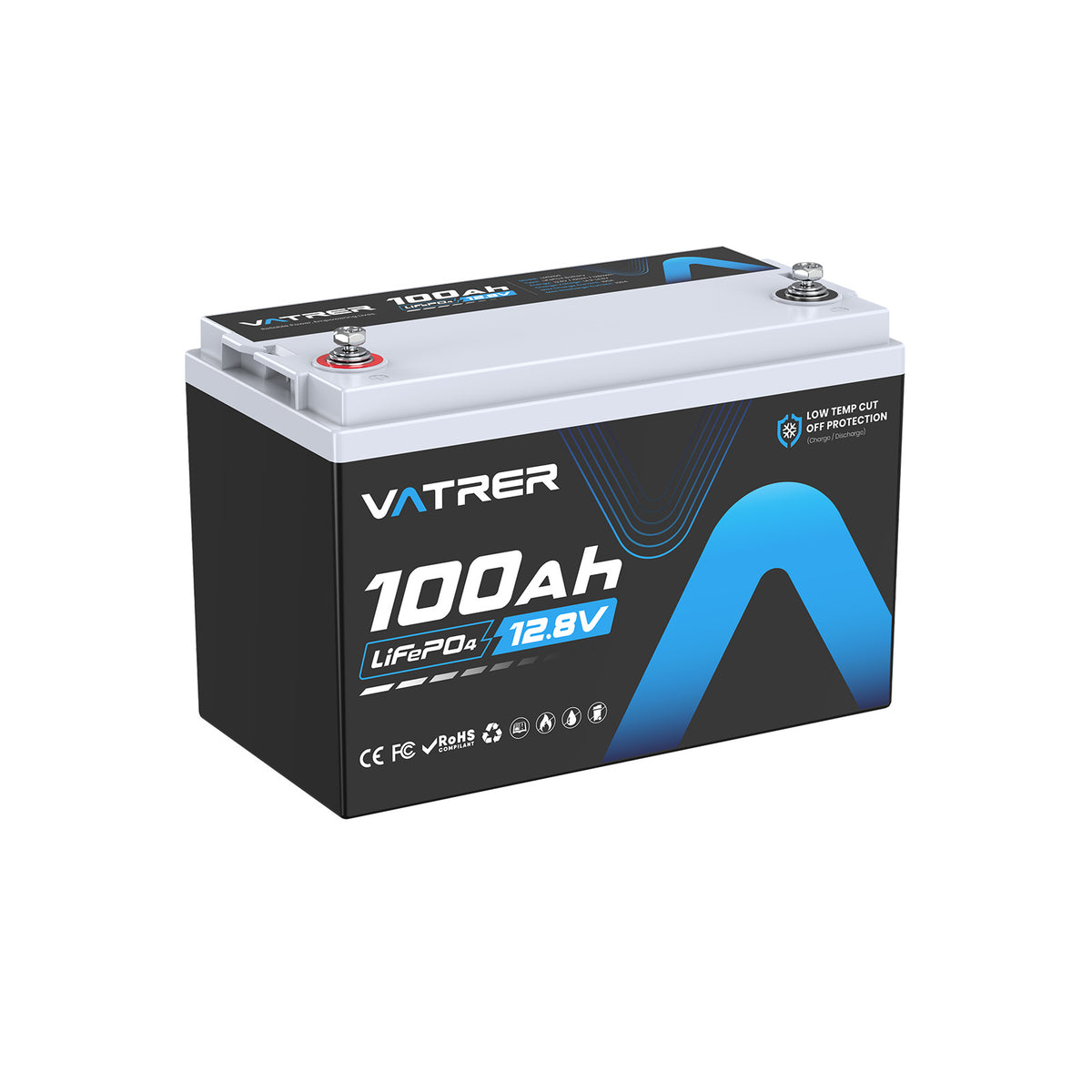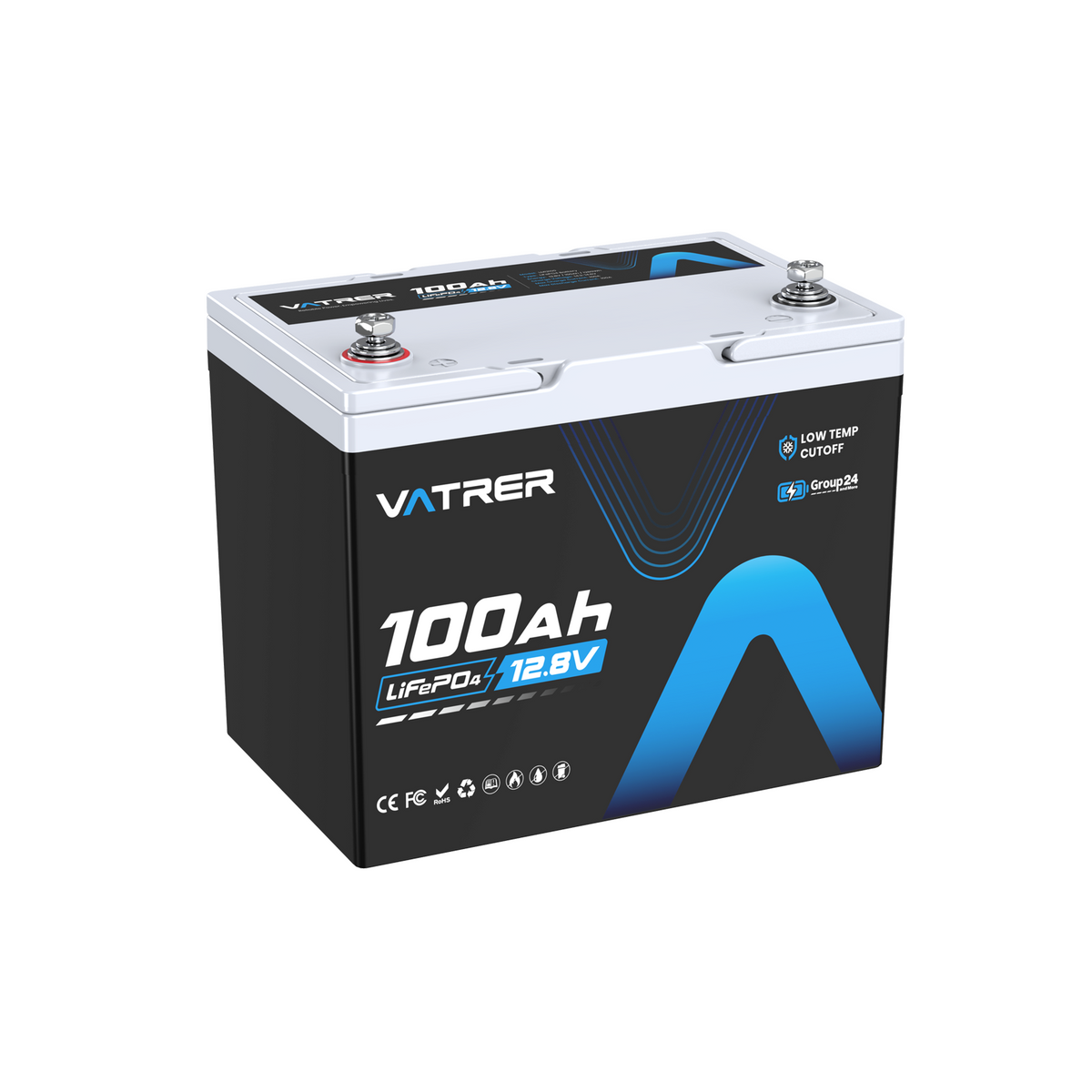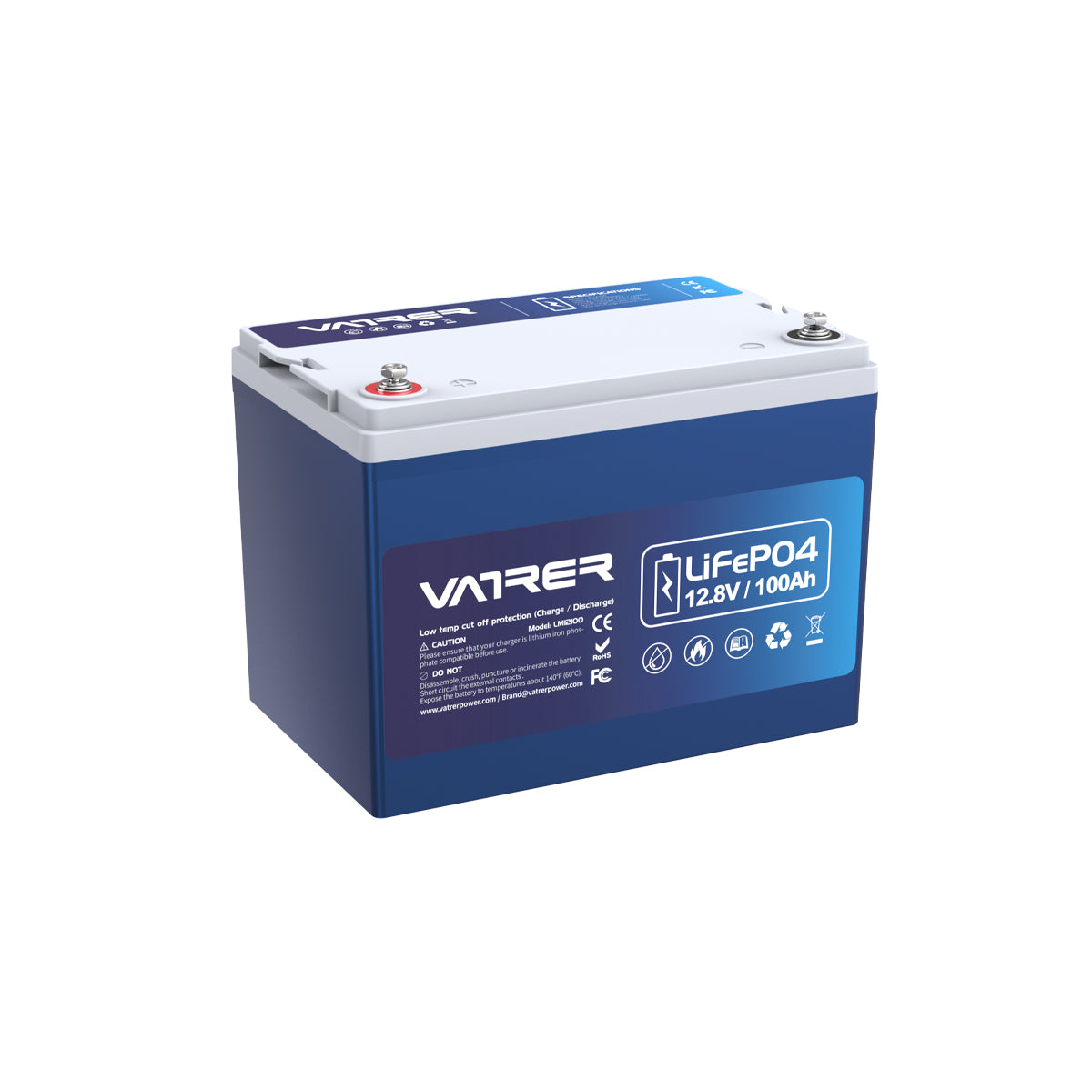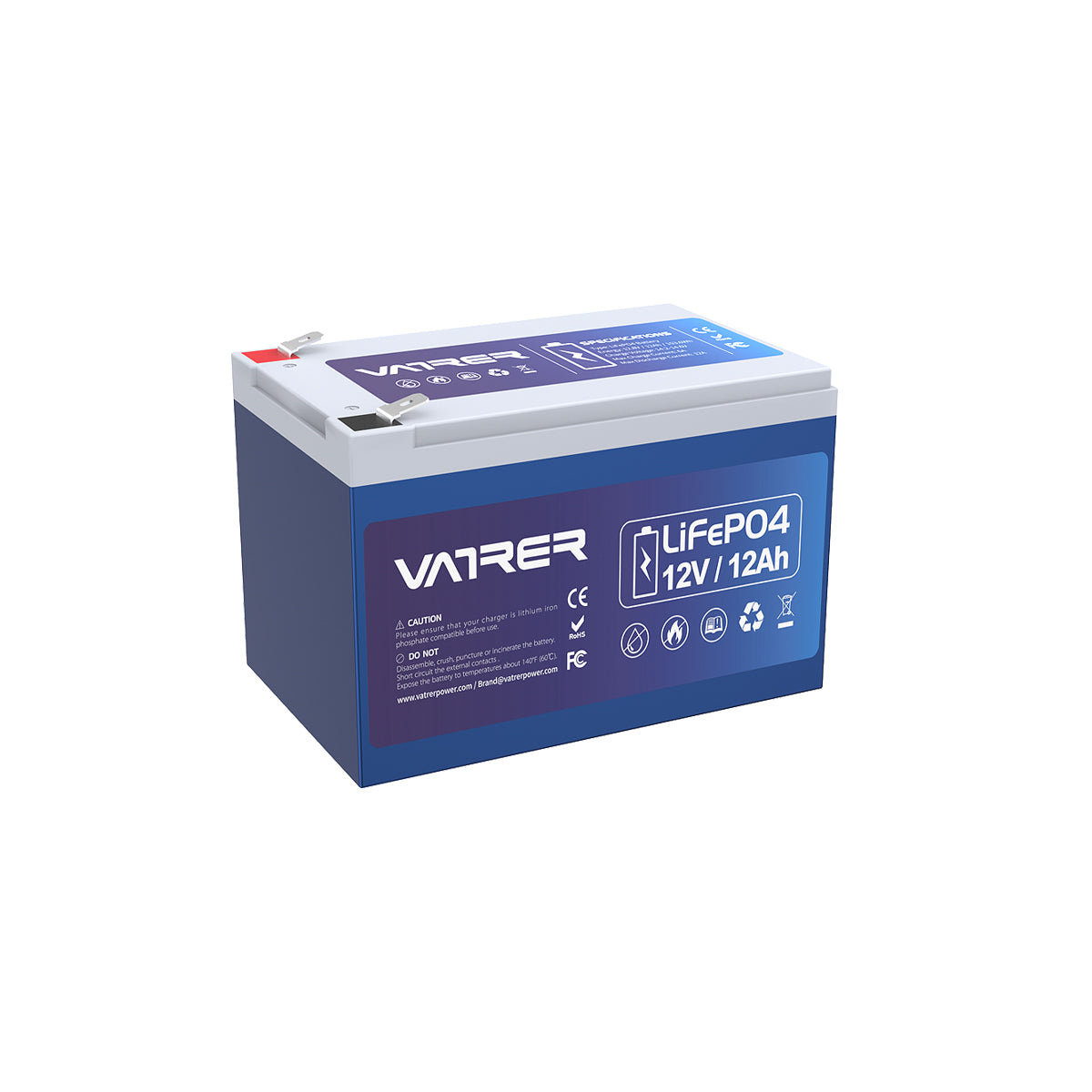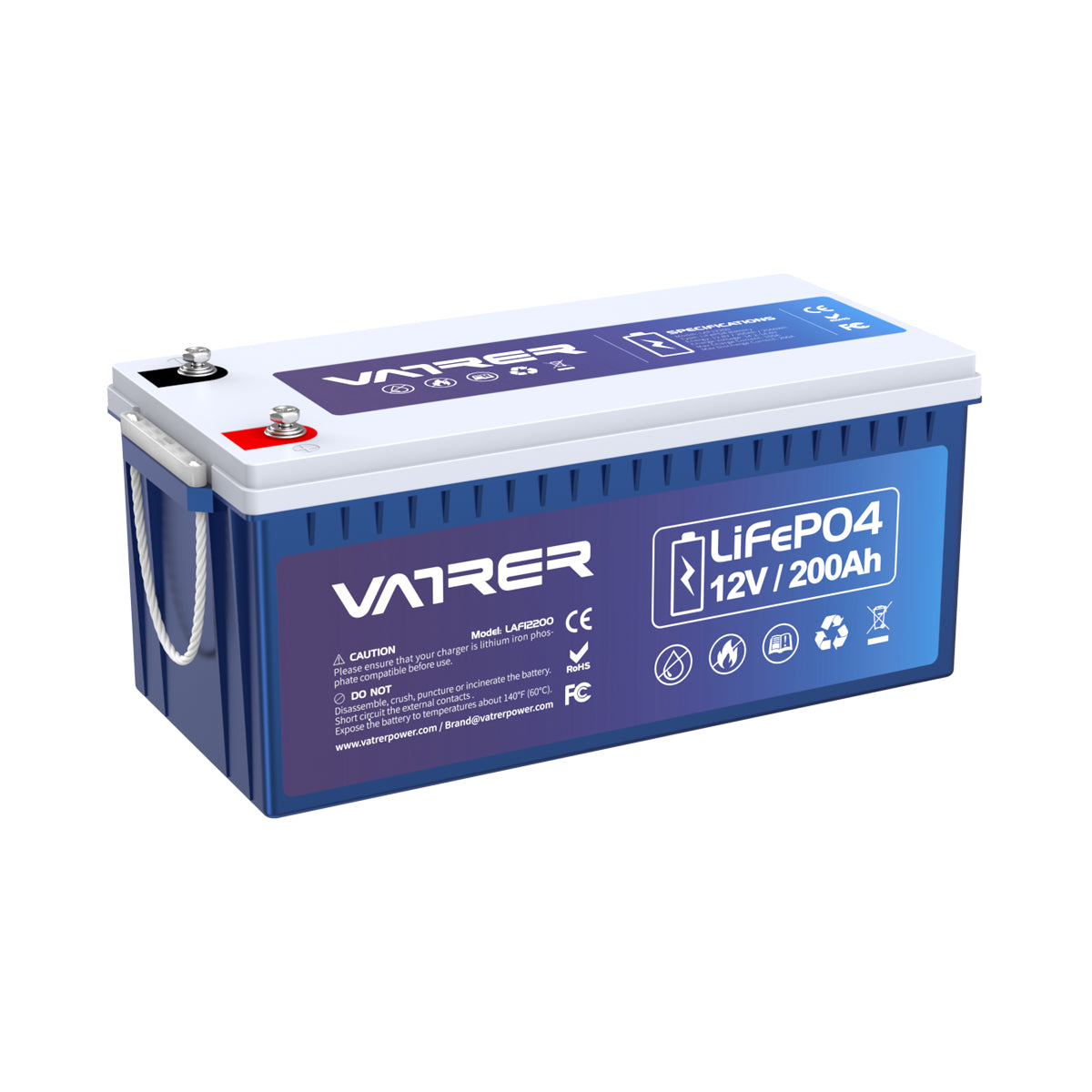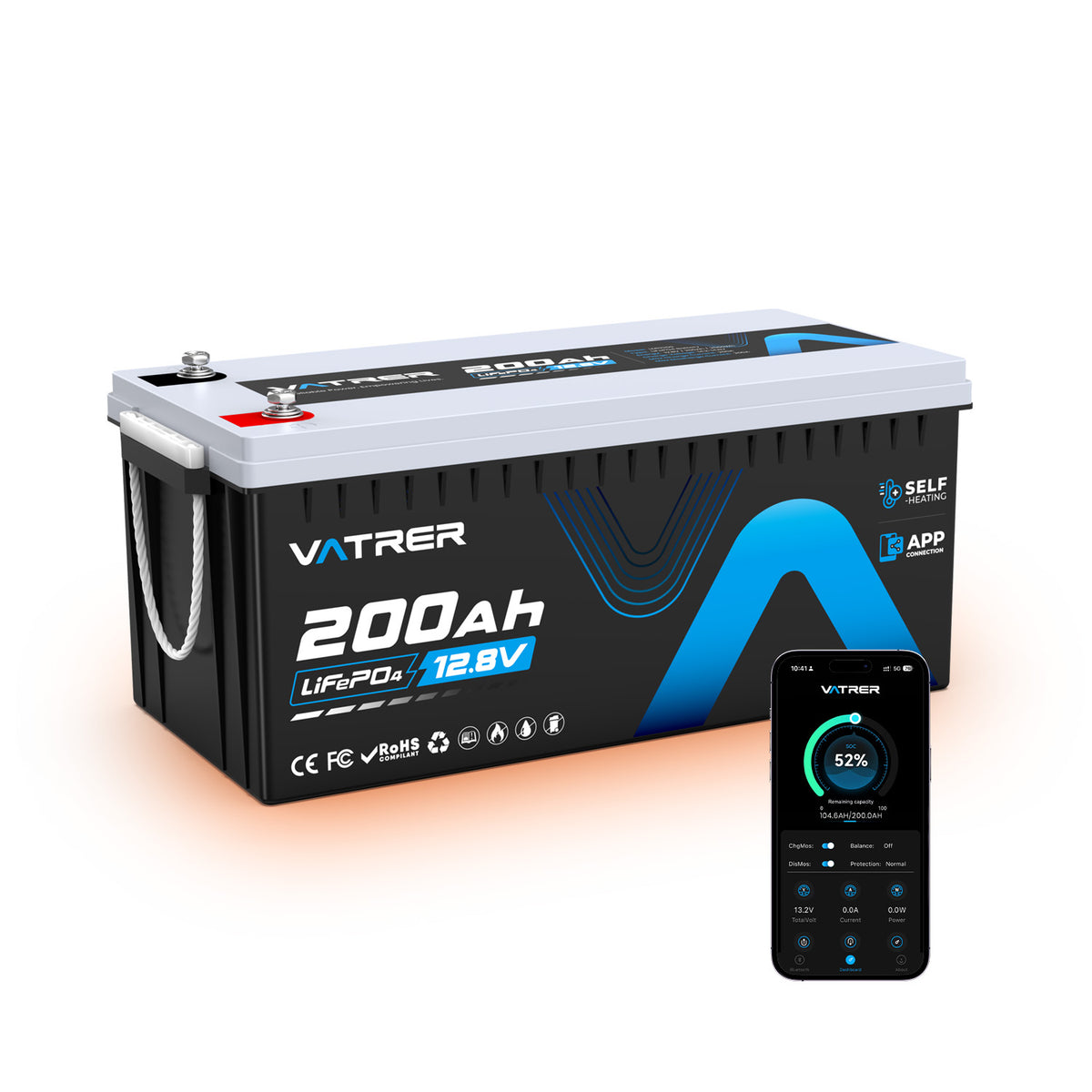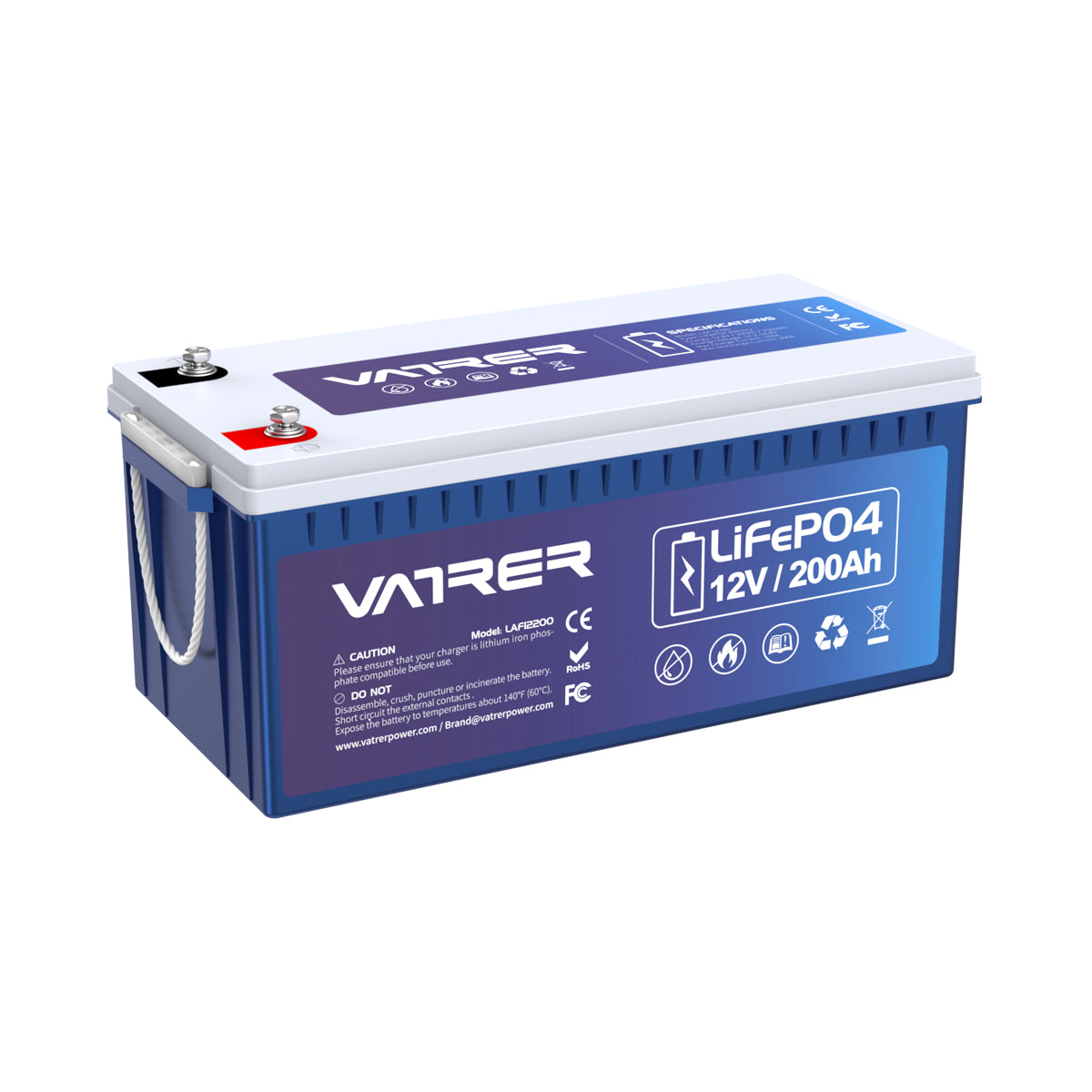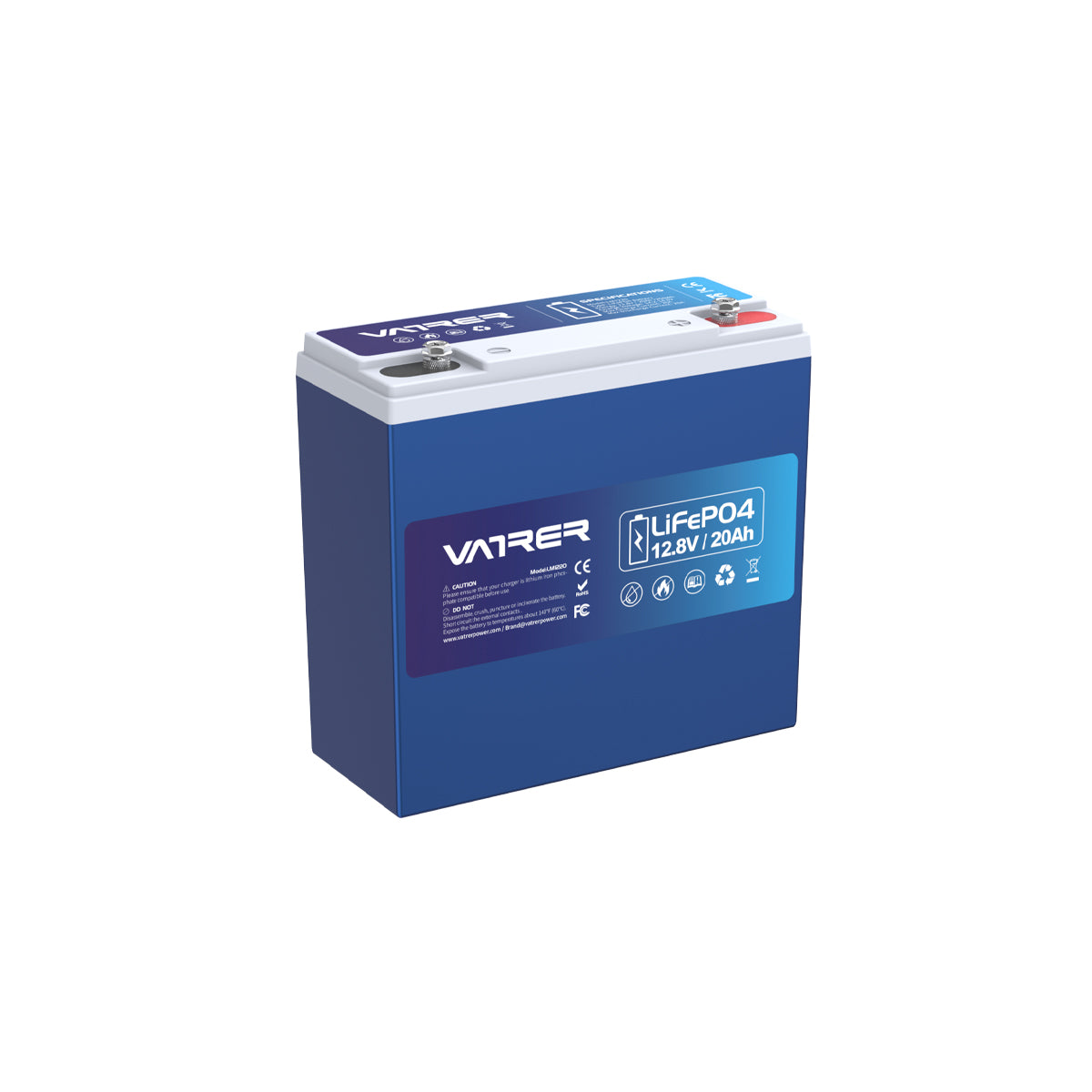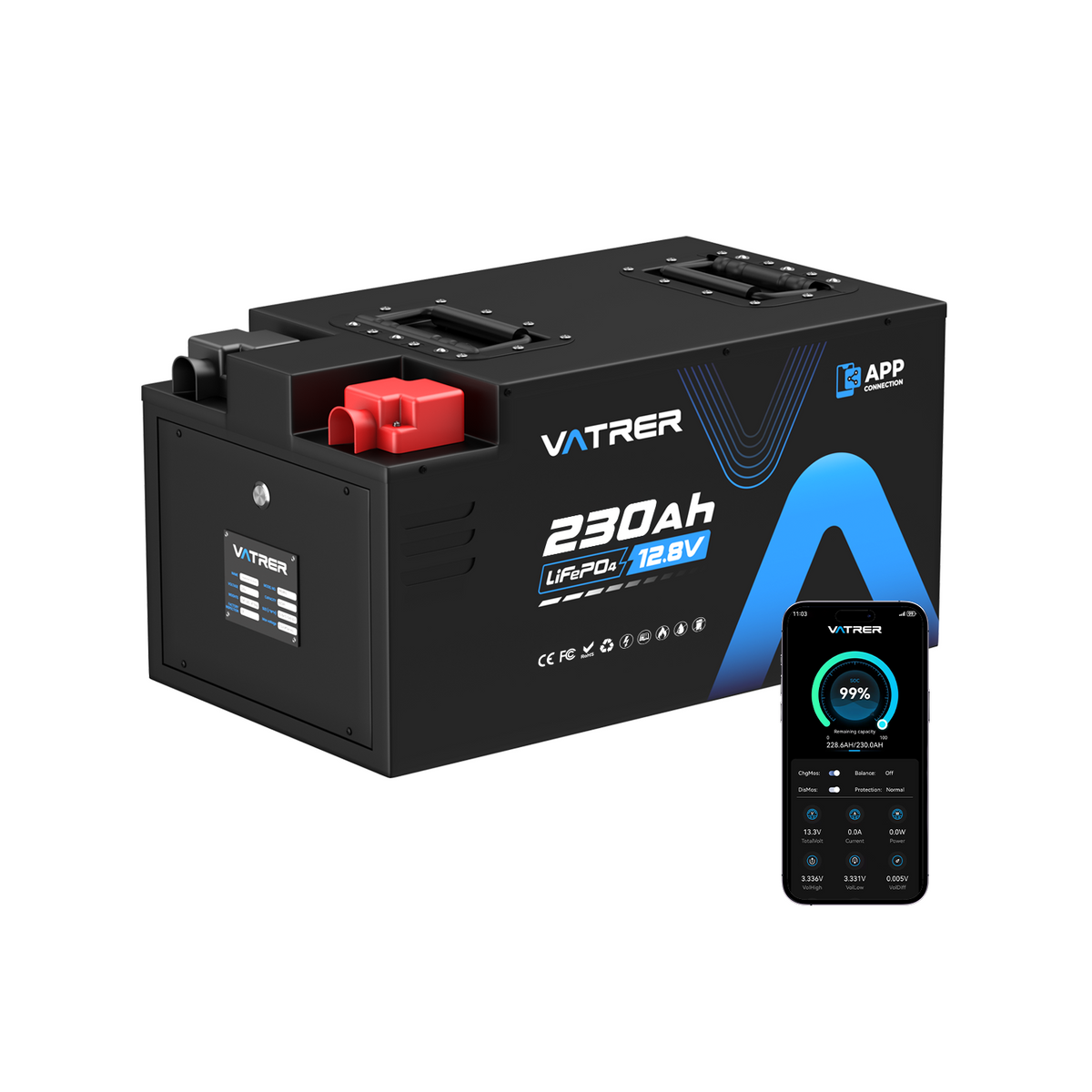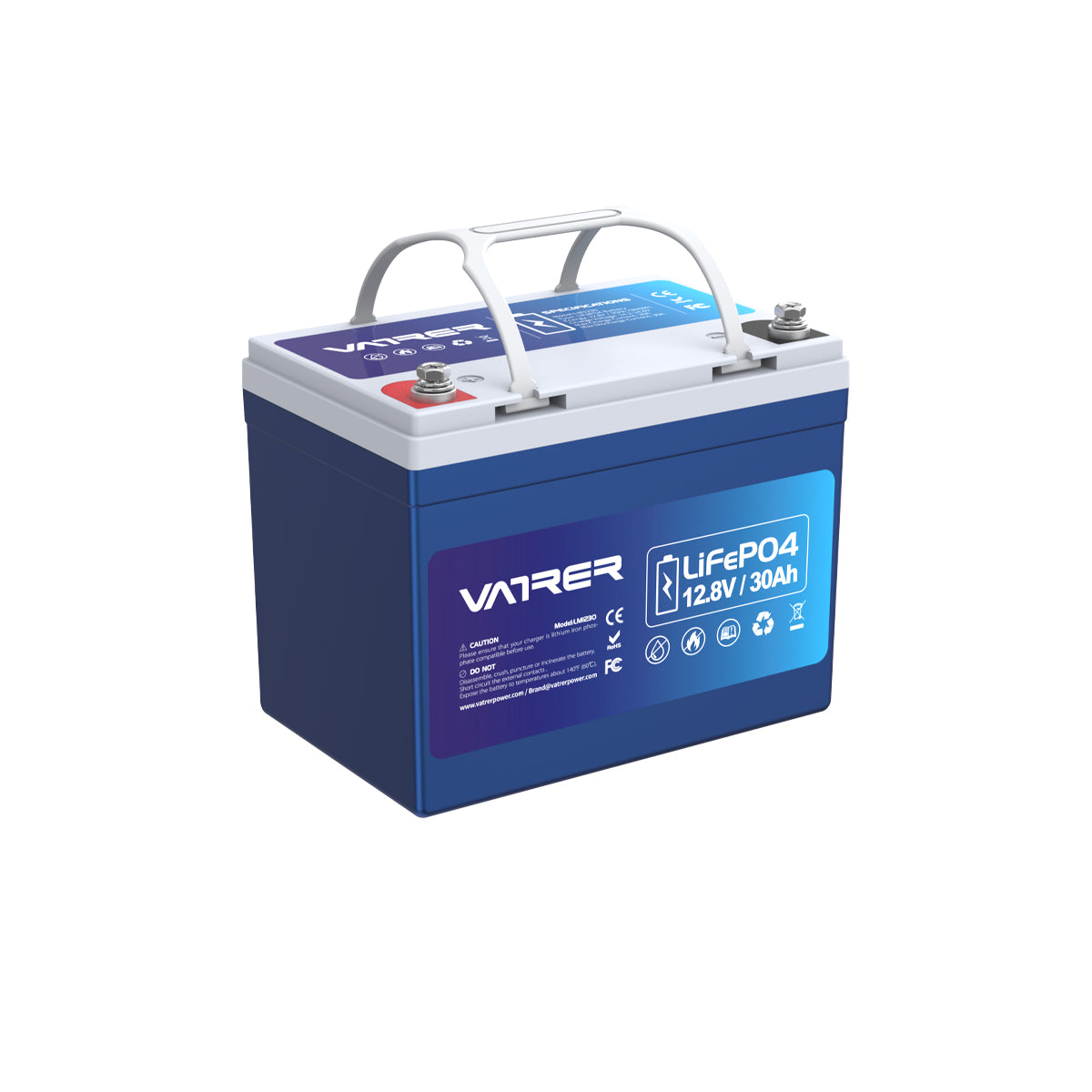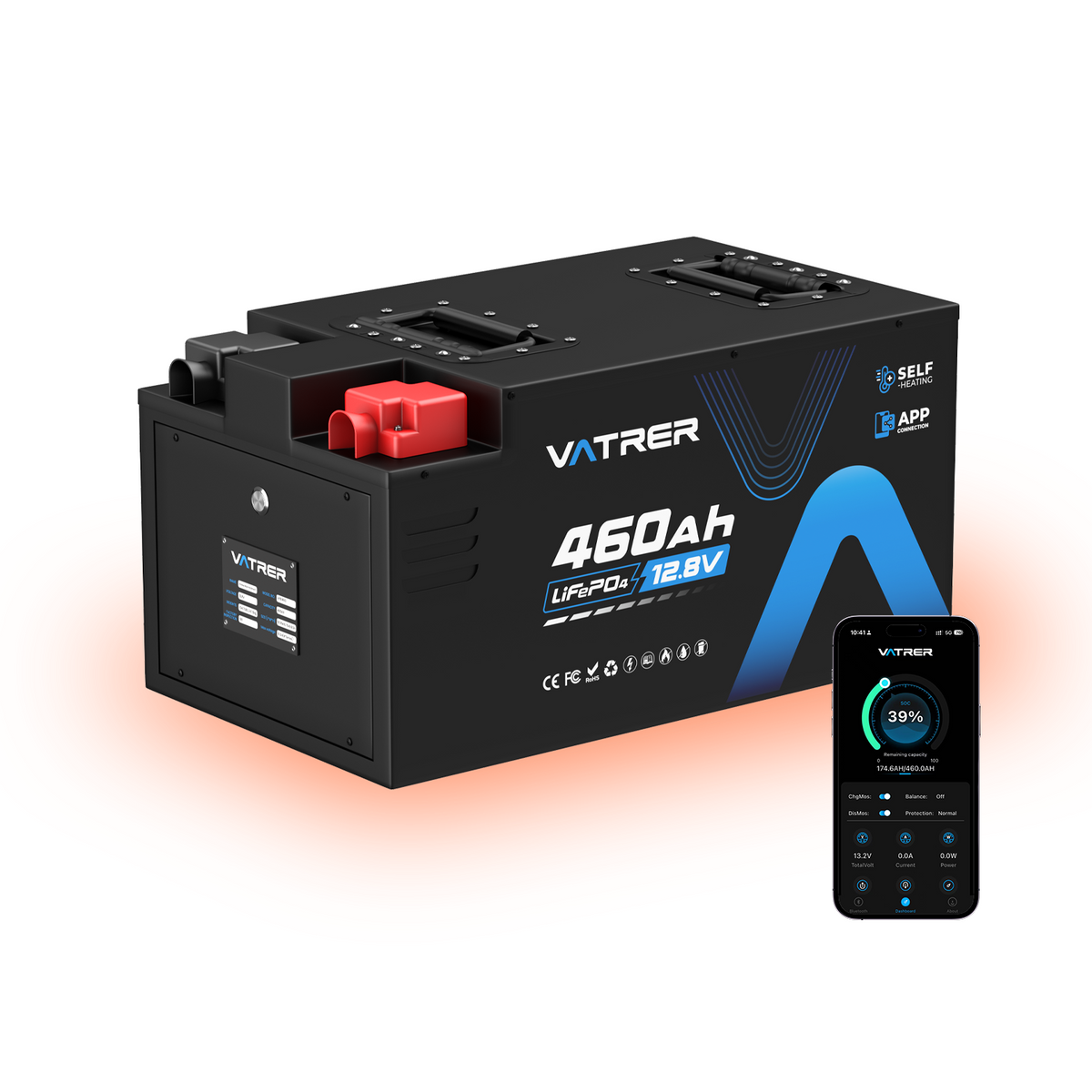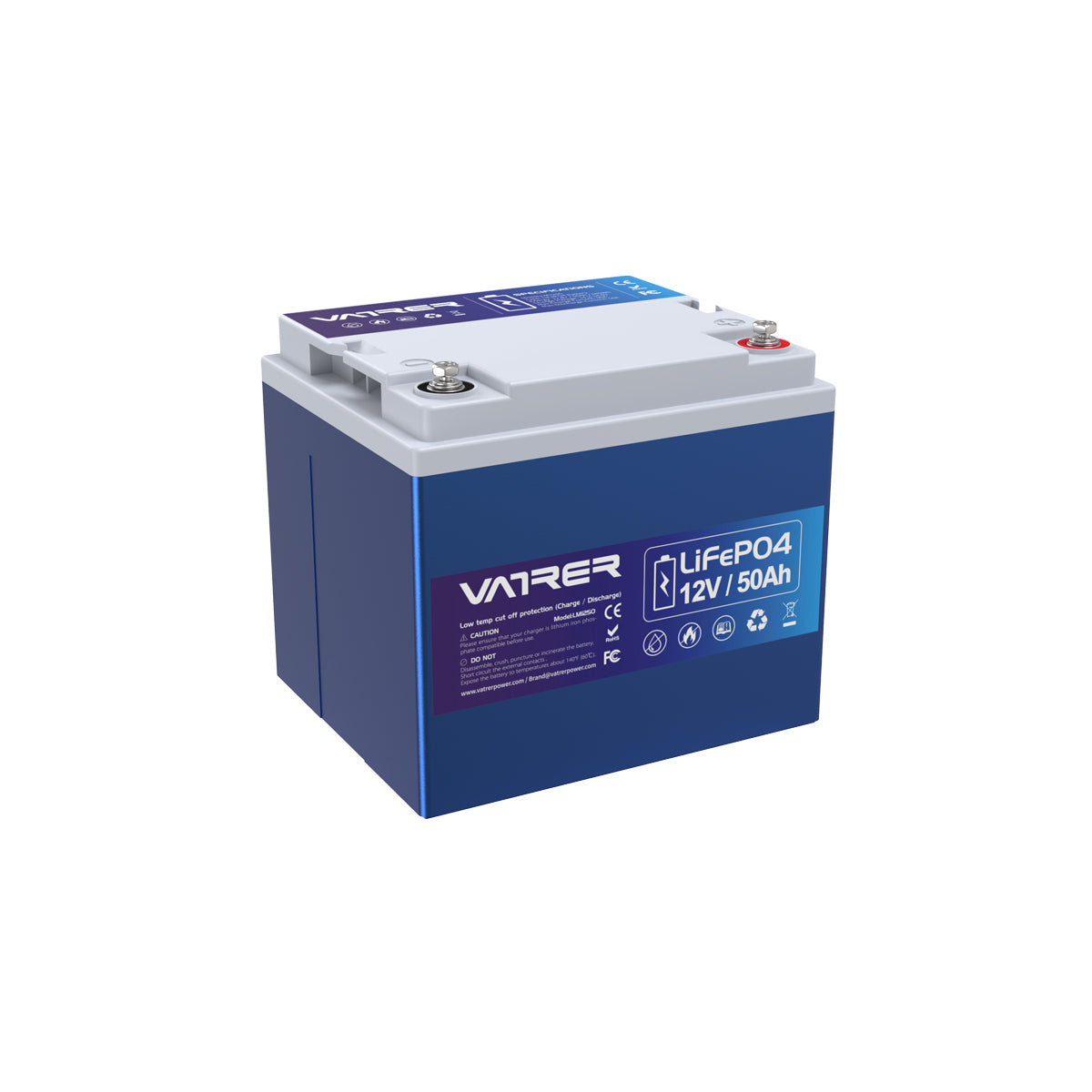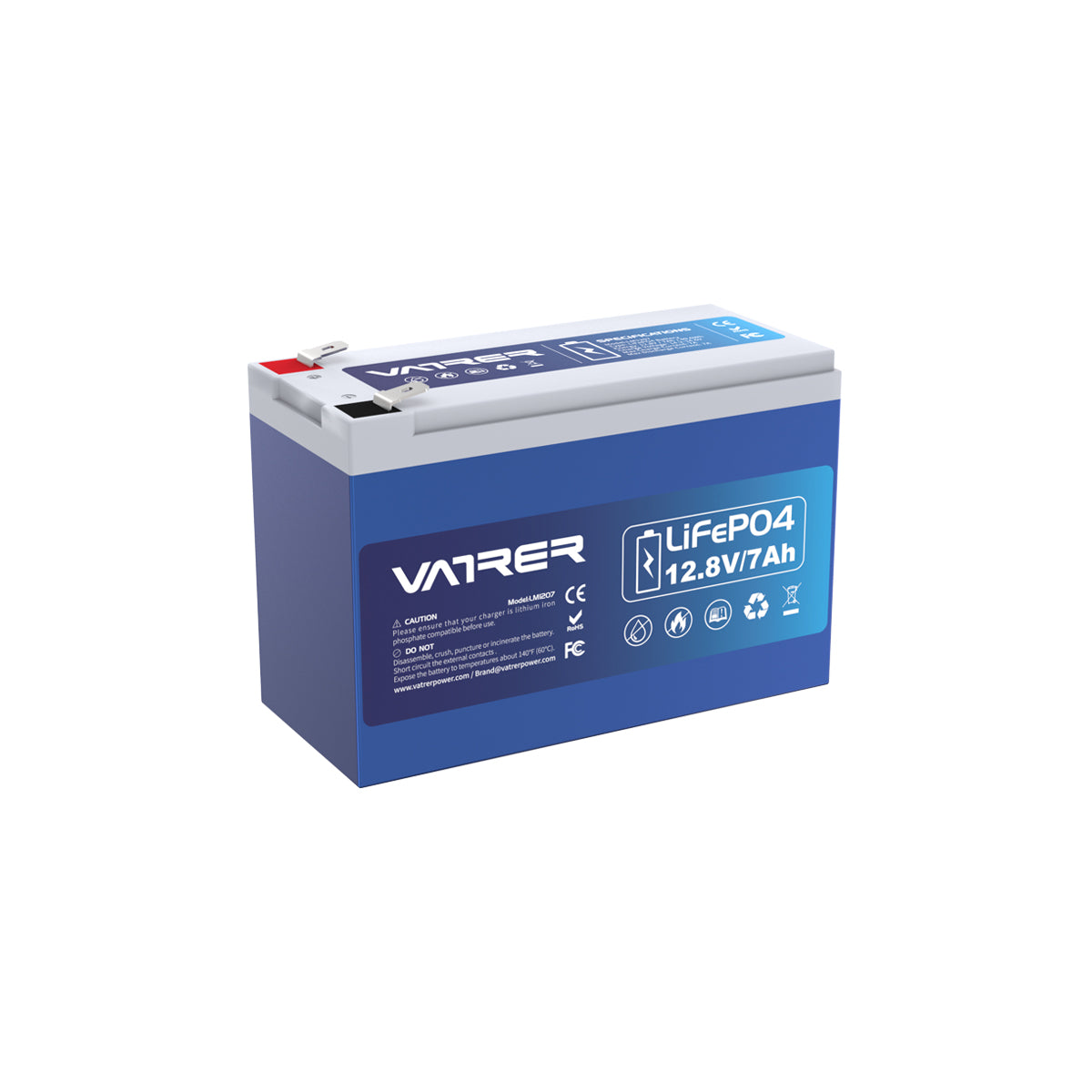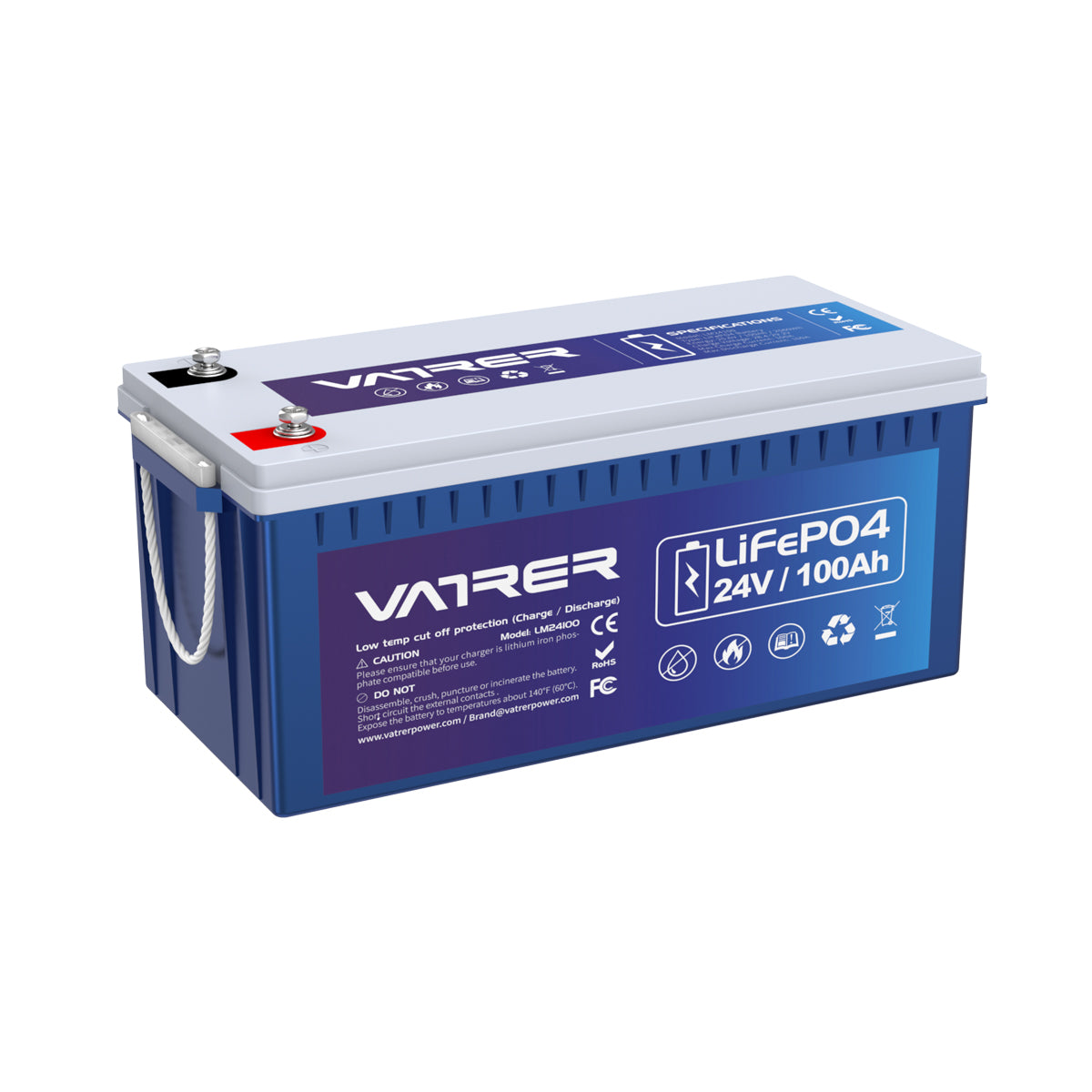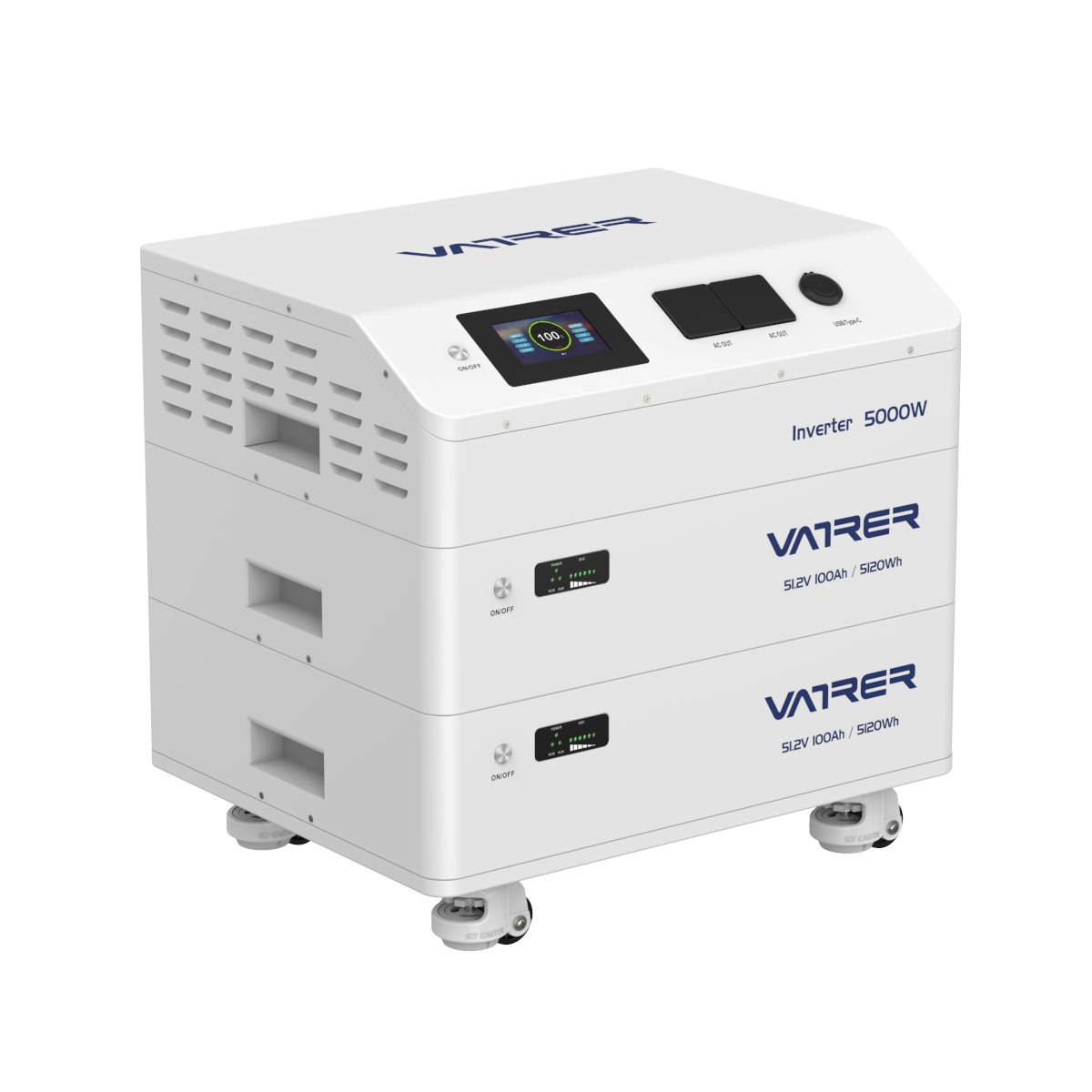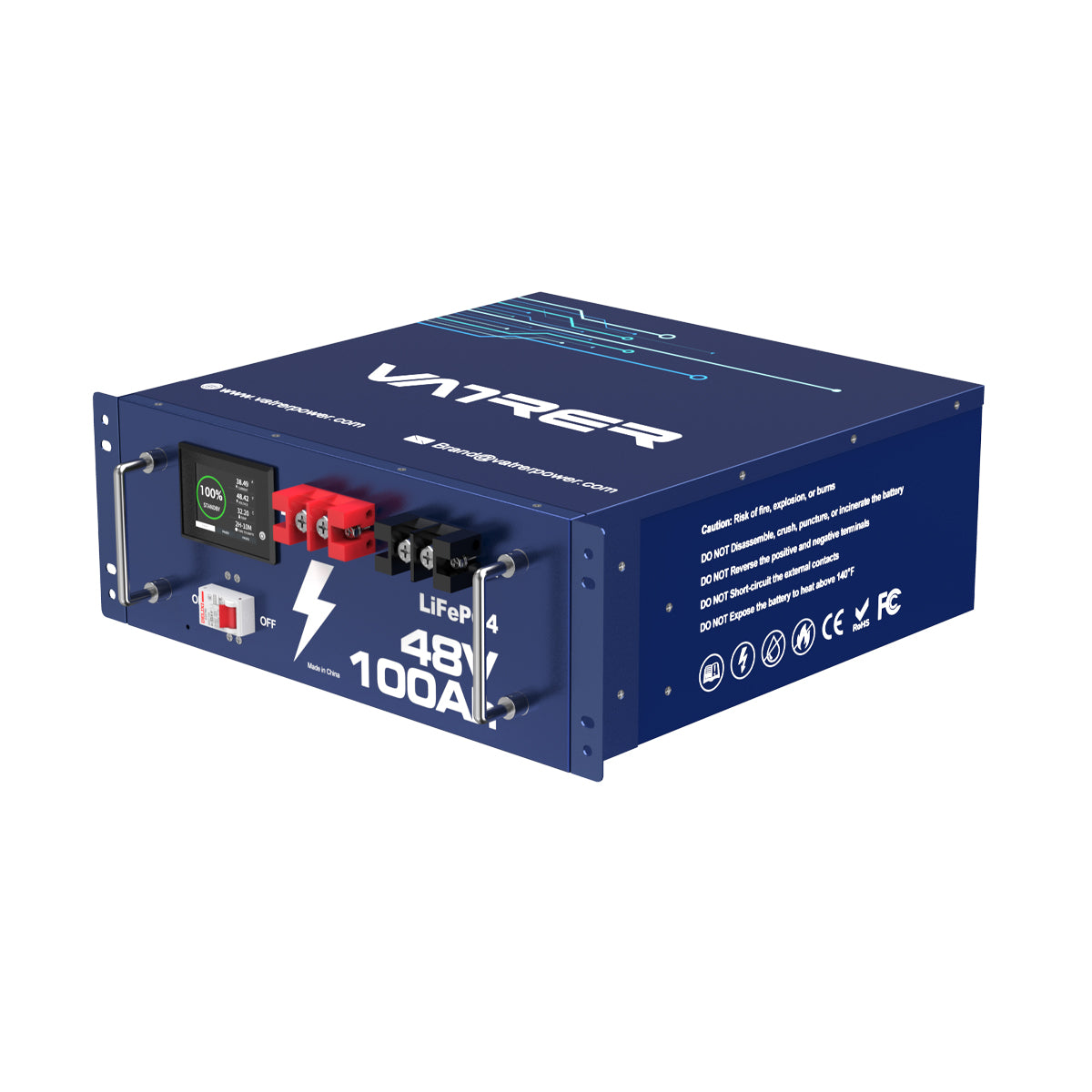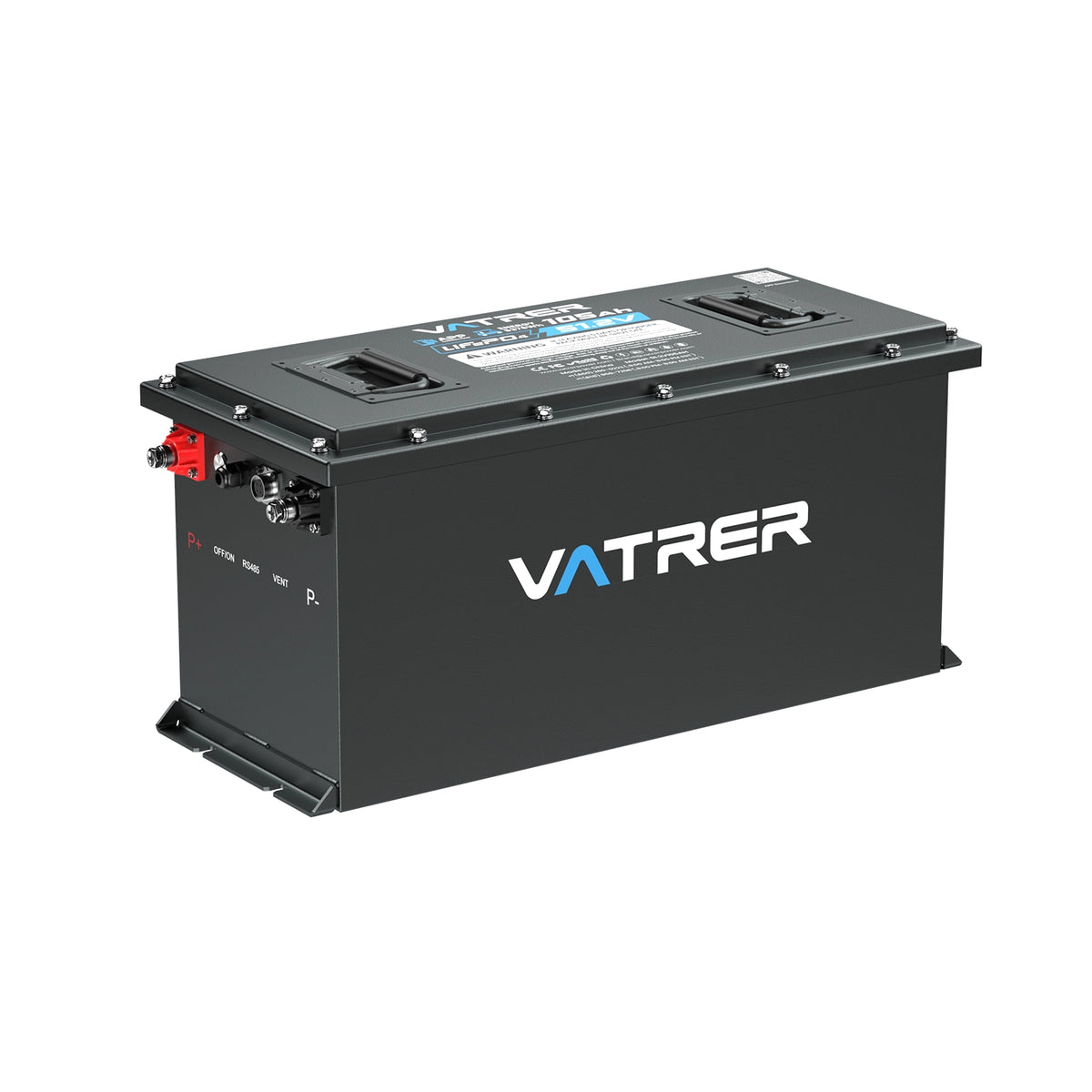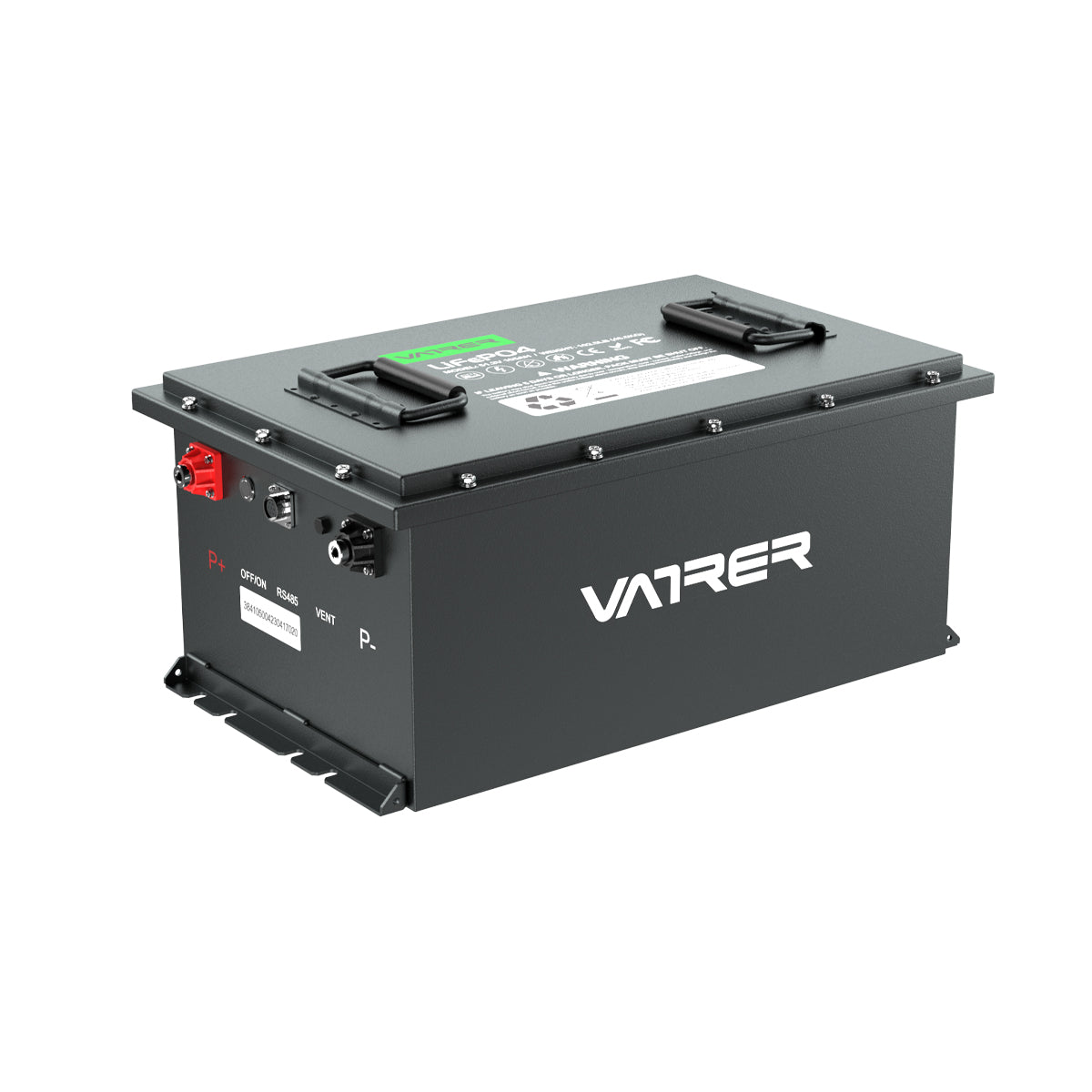Table of Contents
- Why Proper Disposal Matters
- Steps for Safe Disposal of Lithium Batteries
- 1. Identify the Battery Type
- 2. Avoid Damage
- 3. Check Local Regulations
- 4. Use Designated Recycling Programs
- 5. Prepare Batteries for Recycling
- 6. Do Not Incinerate or Put in Regular Trash
- 7. Educate Yourself and Others
- The Role of Recycling
- Conclusion
With the proliferation of electronic devices, lithium batteries have become a staple in powering everything from smartphones and laptops to electric vehicles and power tools. However, the convenience they offer comes with a responsibility to dispose of them properly to avoid environmental damage and safety hazards. Improper disposal of lithium batteries can lead to severe environmental contamination and pose significant health risks. This comprehensive guide will walk you through the steps to dispose of lithium batteries safely and responsibly.
Why Proper Disposal Matters
Lithium batteries contain hazardous materials such as heavy metals (like cobalt and nickel) and toxic chemicals. When these batteries are disposed of improperly, they can leak harmful substances into the soil and water, causing significant environmental damage. Moreover, lithium batteries pose a risk of fire or explosion if they are damaged or improperly handled during disposal. Proper disposal is crucial to mitigate these risks and ensure environmental sustainability.
Steps for Safe Disposal of Lithium Batteries
1. Identify the Battery Type
Lithium batteries come in various forms, such as lithium-ion (Li-ion) and lithium iron phosphate (LiFePO4). Each type may have specific disposal requirements. Before disposing of a battery, check the label or manufacturer’s instructions to determine the exact type of lithium battery you have.
2. Avoid Damage
Handle lithium batteries with care to avoid puncturing, crushing, or damaging them. Damaged batteries are more likely to leak toxic substances or catch fire, increasing the risk of accidents during disposal. Always store them in a cool, dry place until you are ready to dispose of them.
3. Check Local Regulations
Disposal regulations for lithium batteries vary by location. It is essential to check with your local government or waste management authority for specific guidelines and facilities that accept lithium batteries. Many municipalities have designated collection points or recycling centers for electronic waste.
4. Use Designated Recycling Programs
Many manufacturers and retailers offer take-back programs or recycling services for lithium batteries. These programs ensure that batteries are disposed of or recycled correctly. Look for drop-off points at electronic stores, recycling centers, or community hazardous waste collection events. Some major retailers even offer mail-in recycling programs.
5. Prepare Batteries for Recycling
Before taking batteries to a recycling center, take a few precautions to ensure safe transport:
- Tape the Terminals: Cover the battery terminals with non-conductive tape to prevent short-circuiting during transport.
- Store Safely: Place batteries in a cool, dry place, away from flammable materials, until you can recycle them. If transporting multiple batteries, place each in a separate plastic bag to avoid contact.
6. Do Not Incinerate or Put in Regular Trash
Never dispose of lithium batteries in regular household trash or incinerators. This can lead to environmental contamination or fires in waste management facilities. Always follow the appropriate disposal methods.
7. Educate Yourself and Others
Stay informed about the latest regulations and best practices for lithium battery disposal. Educate your family, friends, and colleagues about the importance of proper disposal to ensure collective responsibility towards environmental conservation.

The Role of Recycling
Recycling lithium batteries is not only about safe disposal but also about recovering valuable materials. When recycled properly, materials like lithium, cobalt, nickel, and copper can be extracted and reused, reducing the need for new mining operations and conserving natural resources. Recycling also minimizes the environmental impact of mining and processing these materials.
The Recycling Process:
-
Collection and Transportation: Collected batteries are transported to recycling facilities.
-
Sorting and Dismantling: Batteries are sorted by type and dismantled to extract valuable components.
-
Material Recovery: Chemical processes are used to recover metals and other materials.
-
Reuse and Repurposing: Recovered materials are refined and repurposed for new batteries or other products.
Conclusion
Proper disposal of lithium batteries is crucial for protecting the environment and ensuring public safety. By following the steps outlined above, you can responsibly dispose of your lithium batteries and contribute to a sustainable future. Always stay informed about local regulations and take advantage of recycling programs to manage your electronic waste effectively. Remember, every small action counts towards a greener planet. Let's make responsible disposal of lithium batteries a priority for ourselves and future generations.











